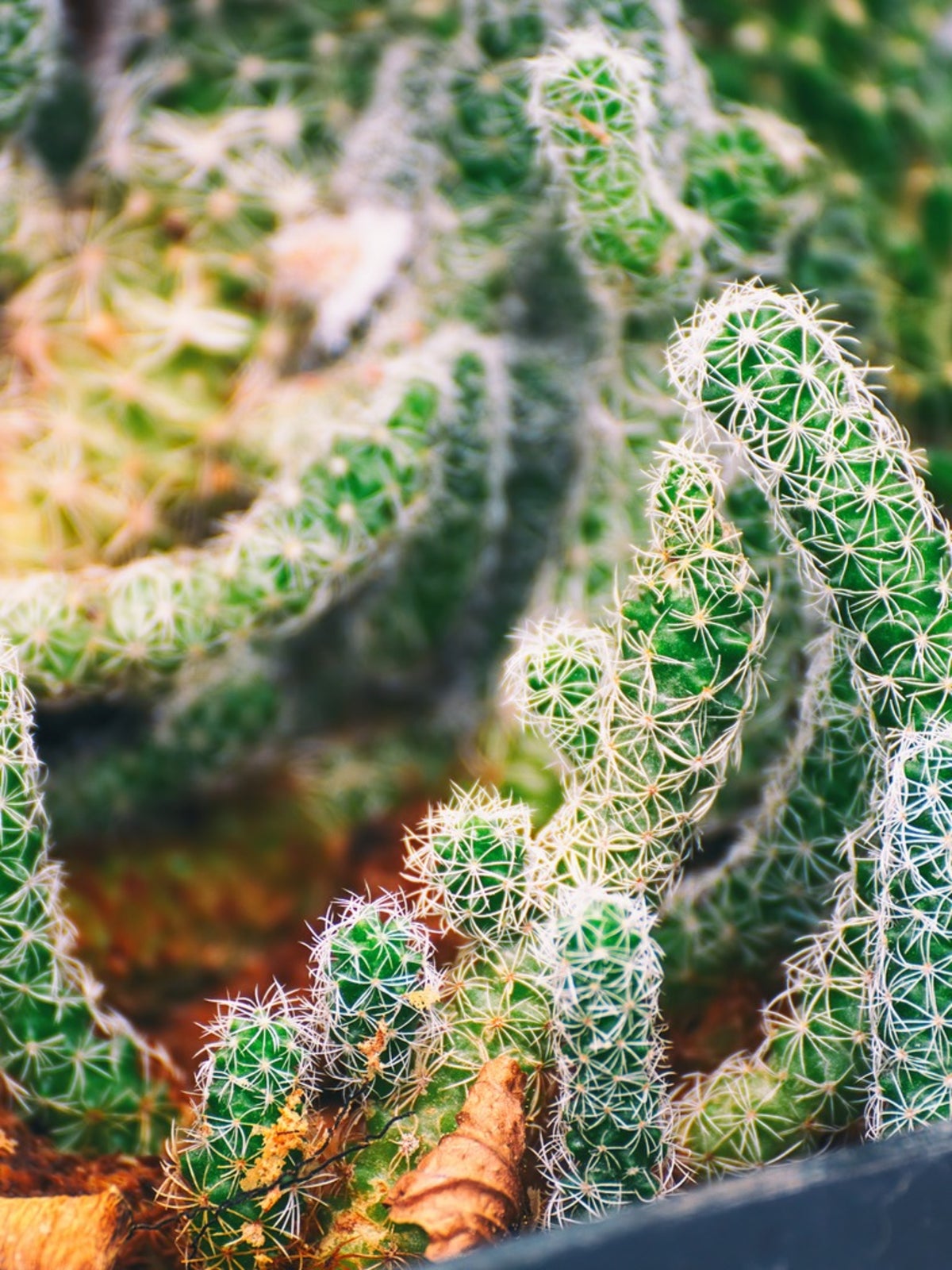Thimble Cactus Facts: Caring For A Thimble Cactus Plant


What is a thimble cactus? This awesome little cactus develops a number of short, spiny stems, each one producing a cluster of thimble-sized offshoots. Creamy yellow flowers appear in spring or late summer. At maturity, the plant forms an attractive, rounded clump. If this brief description has piqued your interest, read on for more thimble cactus facts and info on growing thimble cactus plants.
Thimble Cactus Facts
Native to Central Mexico, thimble cactus (Mammillaria gracilis) is suitable for growing outdoors in USDA plant hardiness zones 9 through 11. Although it tolerates drought and extreme heat, it won’t survive long if temperatures drop below 25 F. (-4 C.). This slow-growing Mammillaria cactus is a great choice for xeriscaping or rock gardens, but it also performs well in a container, making an excellent houseplant. It is generally very easy to grow.
How to Grow a Thimble Cactus
These tips on caring for a thimble cactus will help ensure a healthy, happy plant. If your climate isn’t warm enough to grow cacti outdoors, you can certainly grow thimble cactus as a houseplant. Use a container filled with a potting mix for cacti and succulents, or a combination of regular potting mix and coarse sand. Handle thimble cactus carefully because the offshoots break off easily. However, any offshoots that fall on soil will root. Keep this in mind if you ever want to propagate a new cactus. Thimble cactus will grow in full sunlight or light shade. If you grow thimble cactus in full sunlight, be careful about moving it to a shady spot too suddenly, as the cactus may scorch. Make the adjustment gradually. Water thimble cactus sparingly during the summer. Throughout the winter months, water only if the cactus looks wilted. Always allow the soil to dry between each watering. The cactus is likely to rot very quickly in soggy soil. Feed thimble cactus once every year, in mid-spring. Use a water-soluble fertilizer diluted to half strength.
Sign up for the Gardening Know How newsletter today and receive a free copy of our e-book "How to Grow Delicious Tomatoes".

A Credentialed Garden Writer, Mary H. Dyer was with Gardening Know How in the very beginning, publishing articles as early as 2007.